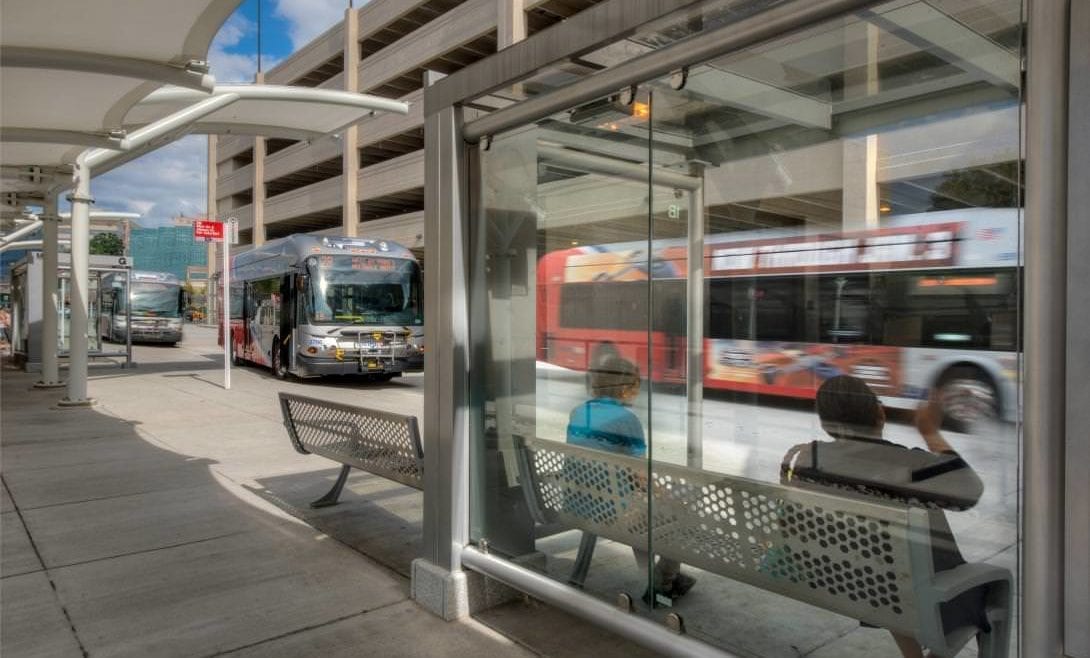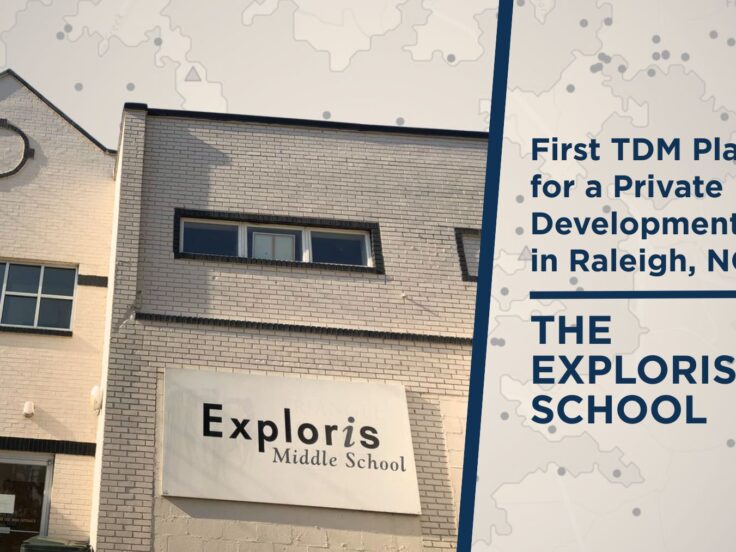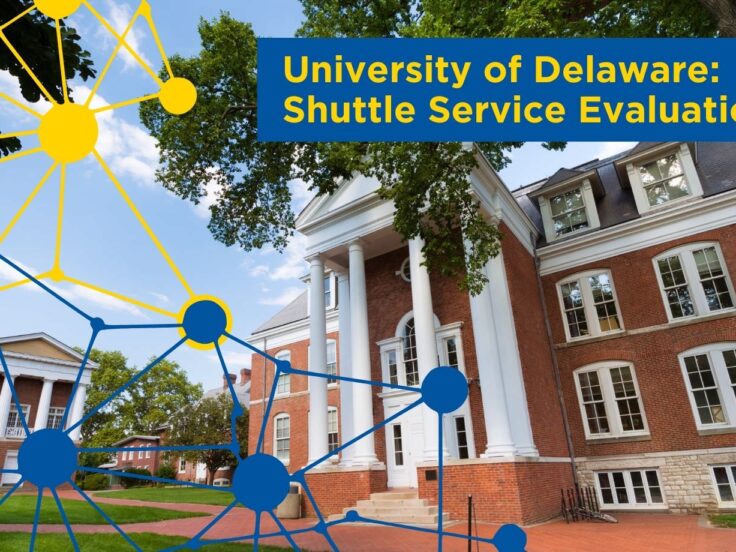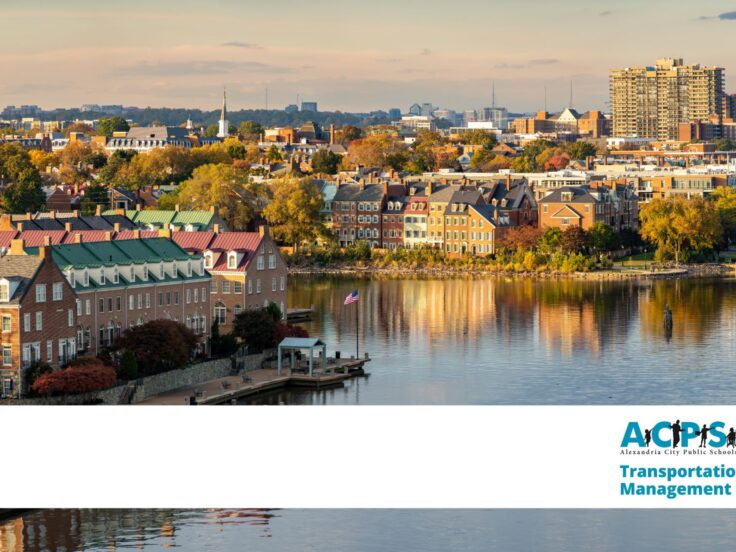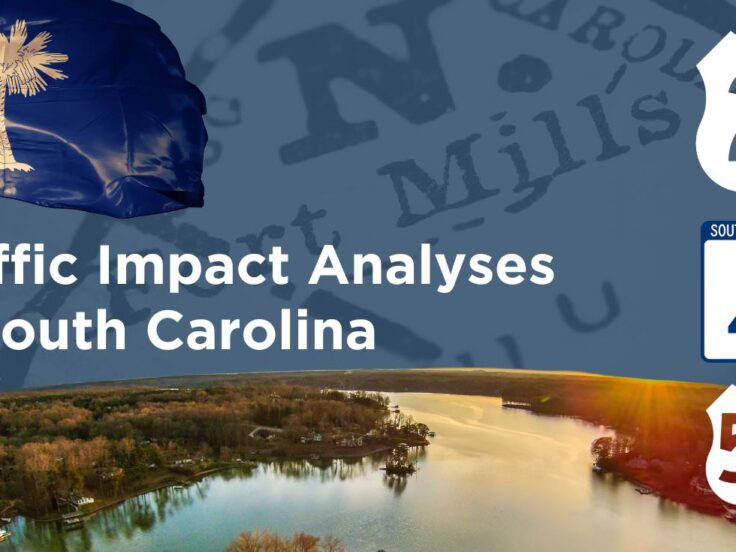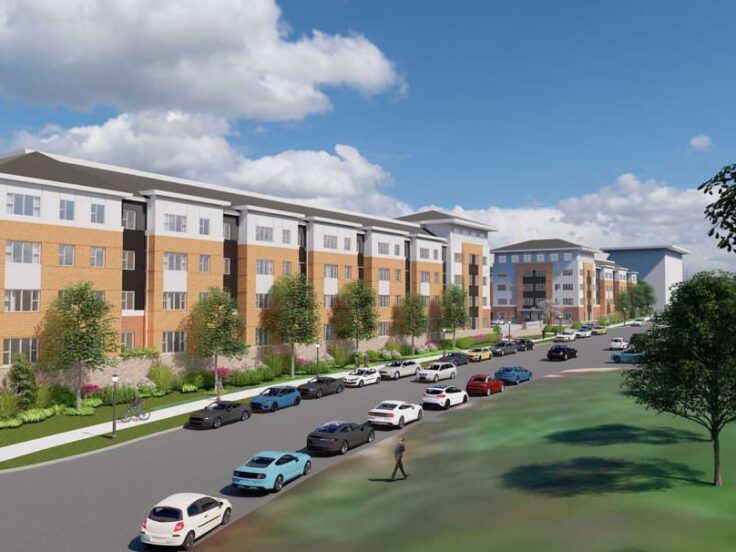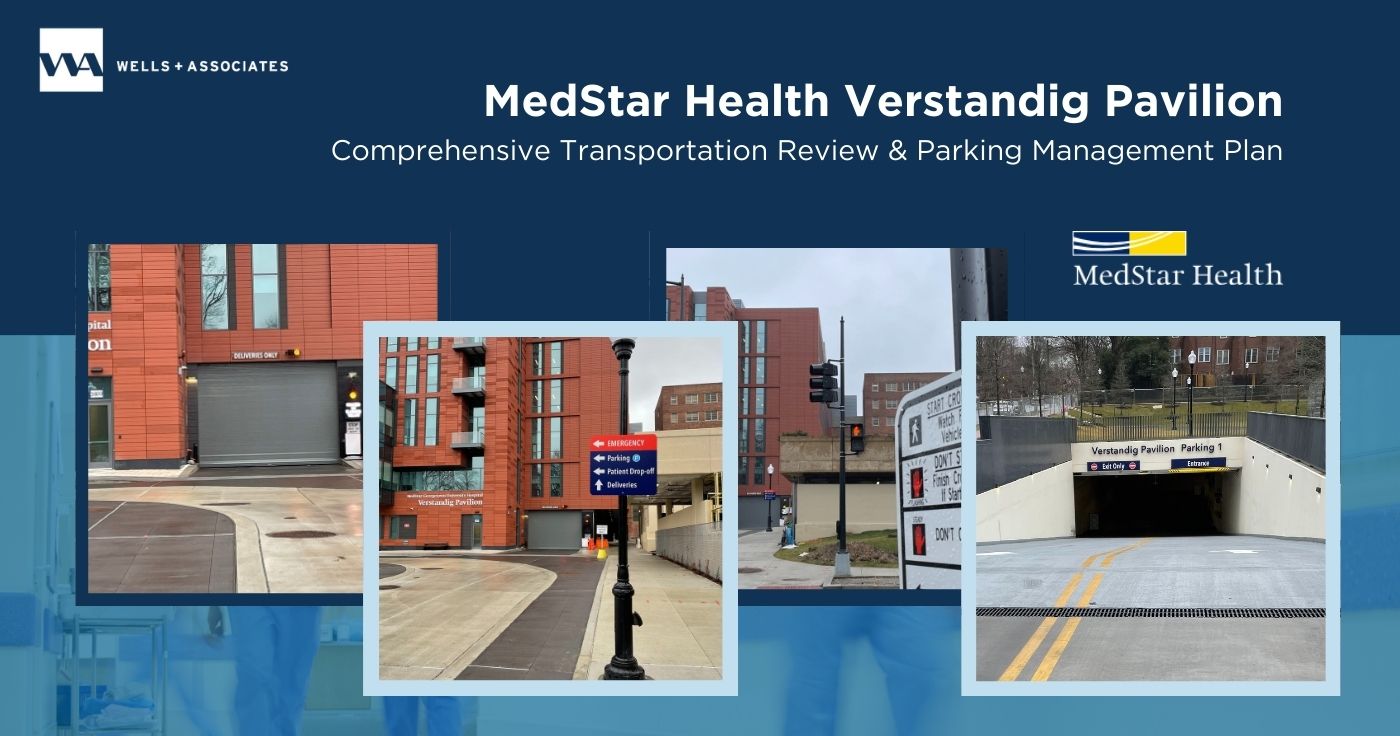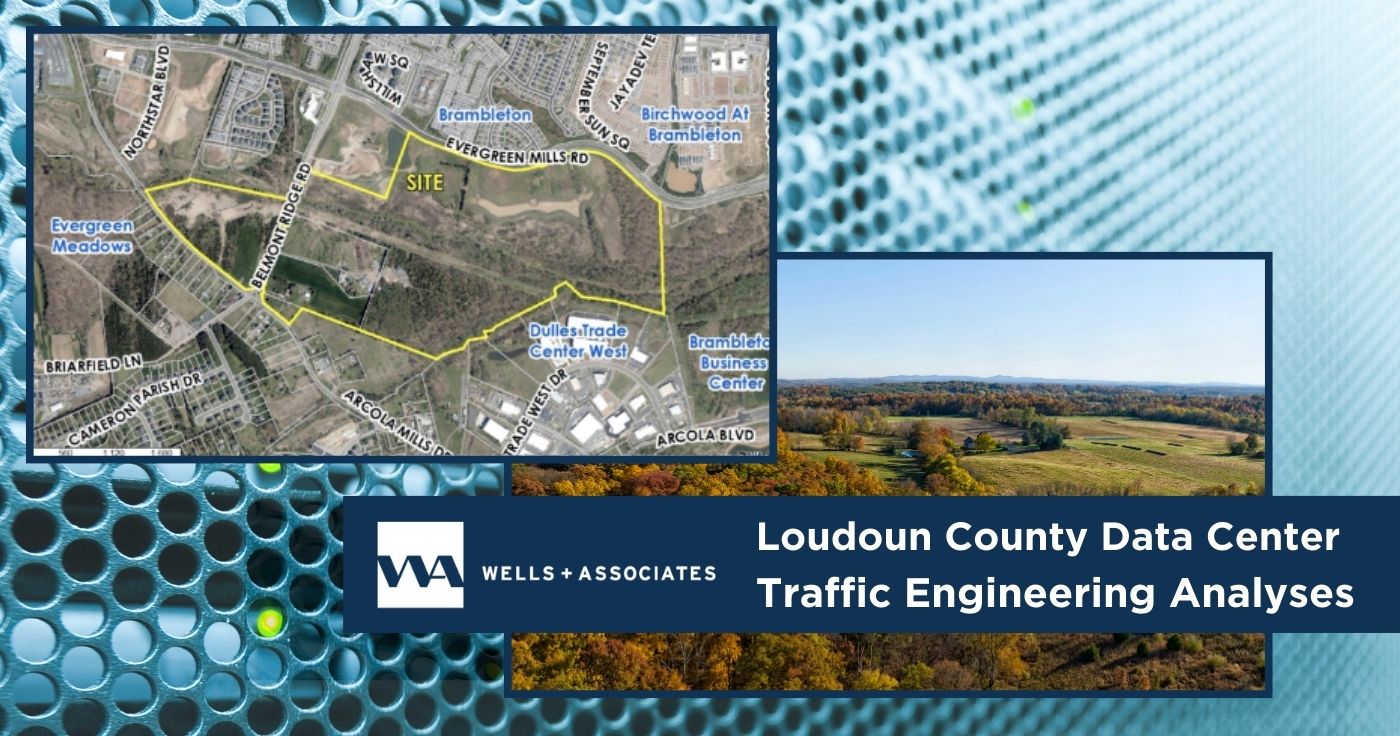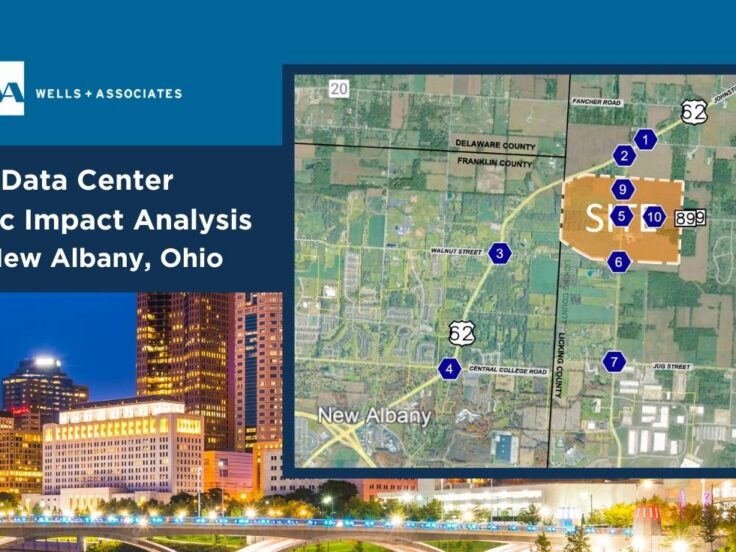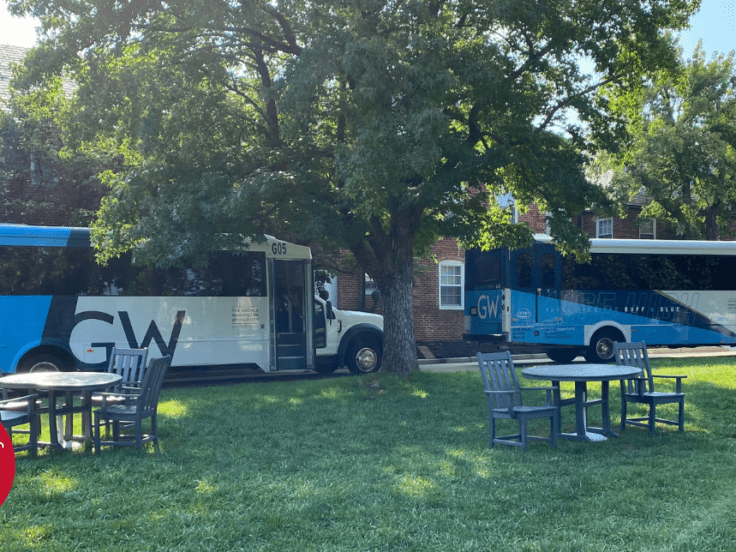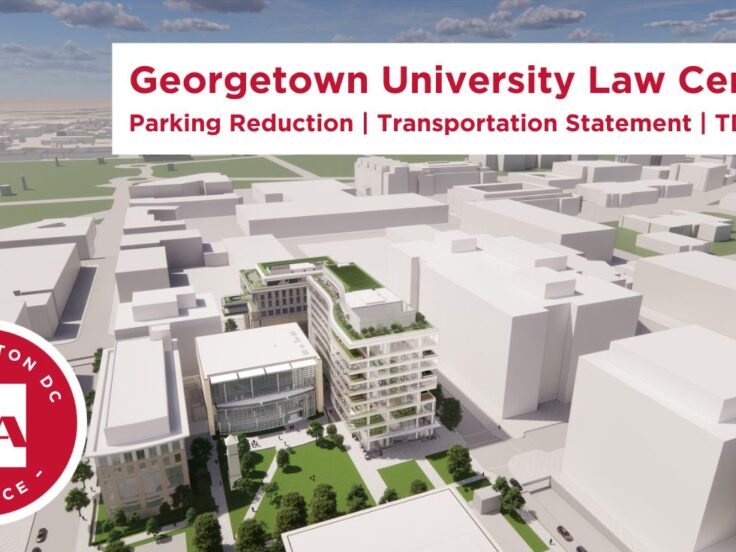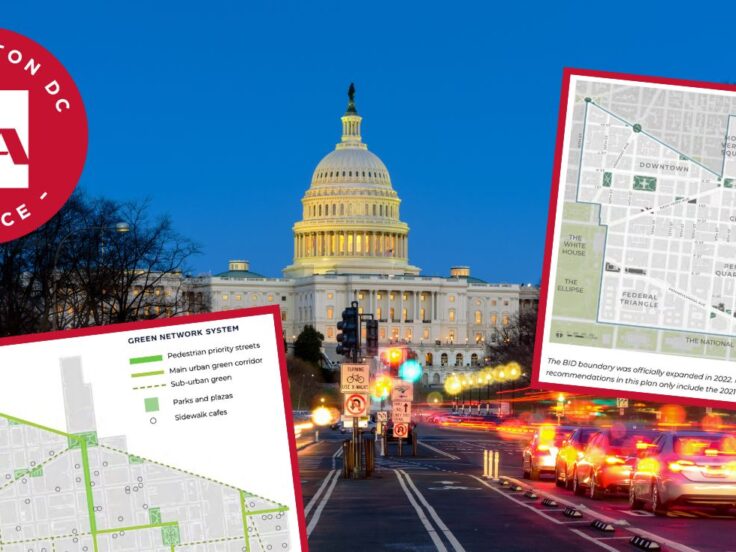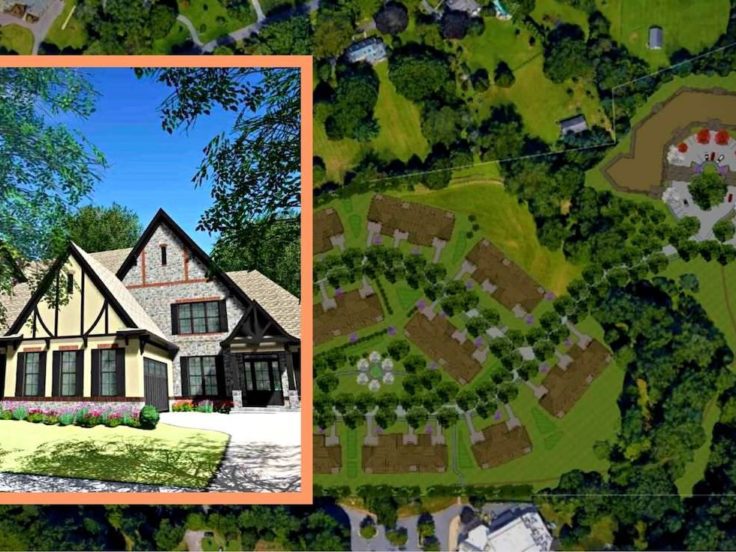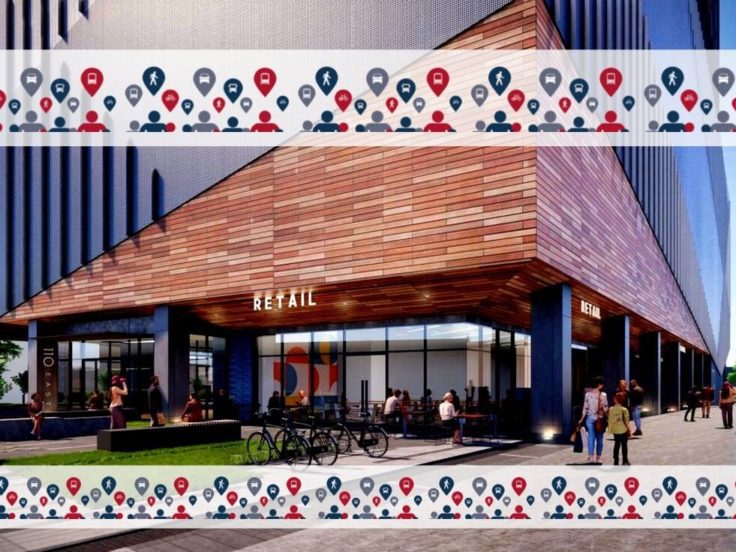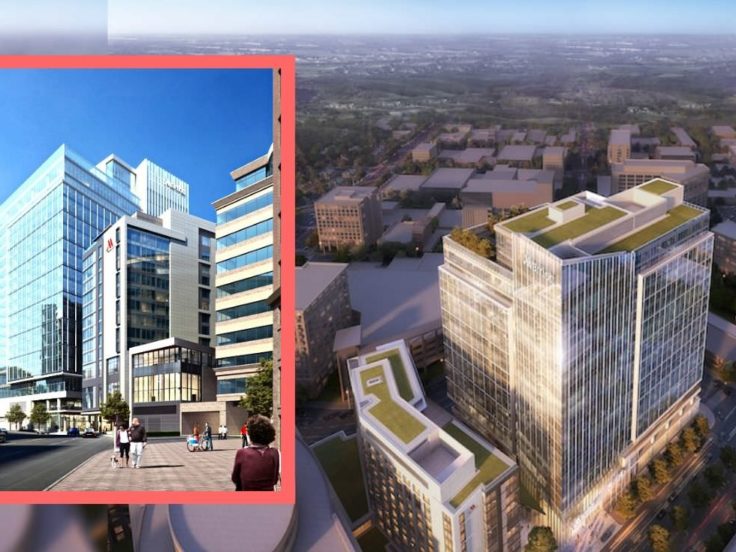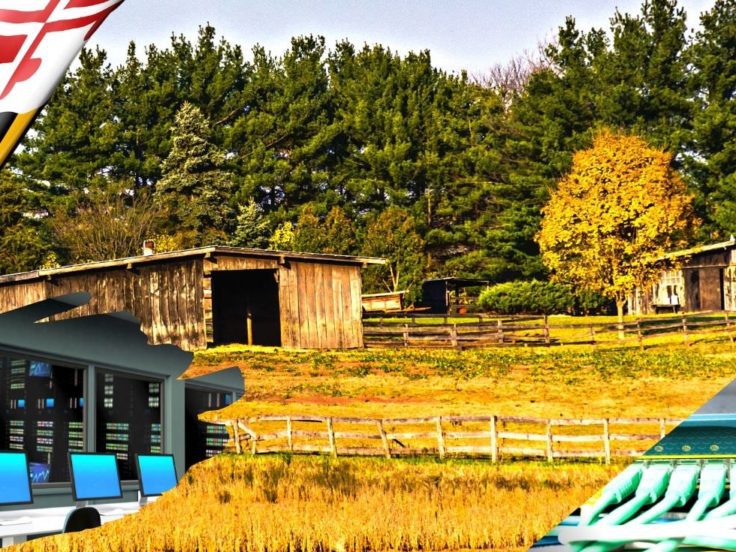Wood Street
Traffic Study Shows that Metro Redevelopment Will Reduce Vehicle Trips to the Site, Even with Increased Demand
Dunn Loring Metro, LLC has helped reshape the Merrifield Suburban Center into a transit-oriented, mixed-use development. Wells + Associates traffic engineers in Virginia were retained by Dunn Loring Metro to evaluate the transportation impacts of this project, including the increased mix of uses and active transportation options and possible trip reduction.
Background: Dunn Loring Metro Station Redevelopment
In 2006, the Fairfax County Board of Supervisors agreed to rezone a 13.4-acre parcel consolidation at the busy Dunn Loring-Merrifield Metro station. The redevelopment proposed to feature 125,000 gross square feet of retail space and 650 multifamily units.
Located in the immediate vicinity of I-66, the Capital Beltway, Gallows Road, and Prosperity Avenue, and the Washington & Old Dominion (W&OD) walking and biking trail, the site also features expanded transit facilities to improve transit options for residents and visitors, including bus bays, kiss-and-ride, and a 2,000-space park-and-ride Metro garage.
Why the change? Demand outpaced the previous configuration. The site had been occupied by 1,355 Metrorail park-and-ride spaces, six bus bays, and a 36-space kiss-and-ride – all located on surface lots.
Traffic Impact Study: Trip Mitigation, Transit Connectivity, Active Transportation
Wells + Associates’ traffic impact study was performed using the latest trip generation data available, as well as two different capacity models.
We determined that the proposed mix of uses, transit connectivity, trip mitigation measures, and a pedestrian-friendly environment would reduce the number of peak hour vehicle trips generated by the development, while taking direct advantage of the expanded transit opportunities.
W+A’s work demonstrated that the full development of the Dunn Loring Metro project would achieve the balanced transportation network envisioned in the Comprehensive Plan – providing better vehicular mobility and enhanced pedestrian, bicycle, and transit facilities within an increasingly urban framework. Our recommendations included intersection improvements, signal modifications, and a state-of-the-art Transportation Demand Management (TDM) program designed to encourage natural and viable alternatives to driving and reduce parking costs and the number of parking spaces needed.
W+A continues to be instrumental in the ongoing evolution of the Dunn Loring/Merrifield area, including Mosaic District, as the site implements its TDM program and further refines its parking needs.

